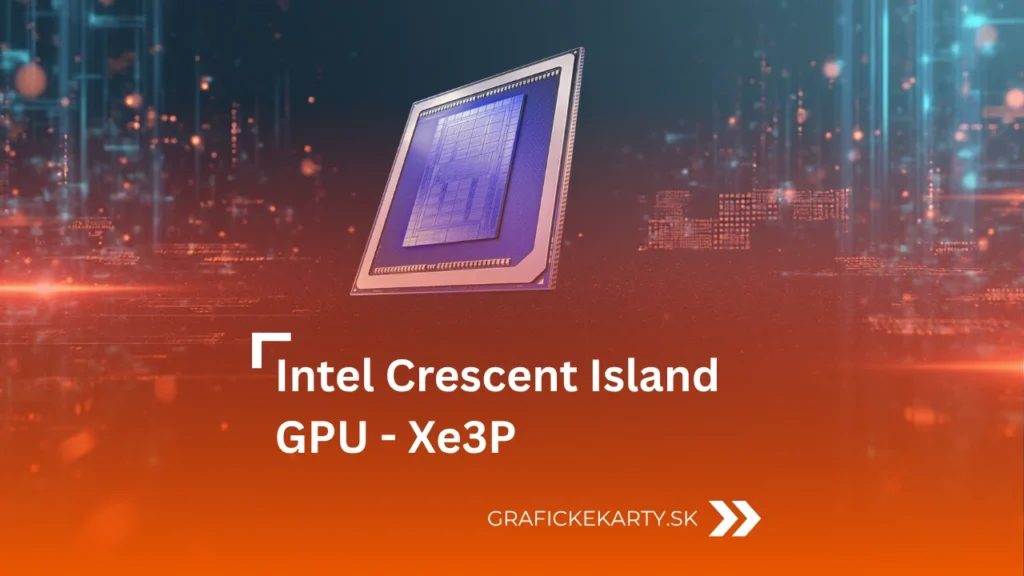The graphics accelerator market is changing faster than ever. After the advent of the AI boom, manufacturers are focusing on how to process more data with less power consumption. While NVIDIA dominates in performance and AMD is pushing open architecture, Intel is coming up with its own answer – Intel Crescent Island GPU Xe3P.
This is a new datacenter graphics chip that doesn’t play for raw performance records, but targets what businesses need most today: efficiency, availability, and reliability in AI model inference. Crescent Island is designed to handle operation in mainstream servers without the need for water cooling, while delivering high memory capacity, which is key when processing large language models.
With this move, Intel is entering the fray for the most interesting segment – the “AI middle class”. Intel Crescent Island GPU Xe3P is meant to be a tool for businesses that need robust performance without astronomical costs and extreme infrastructure.
Born for AI and data centres
The codename Crescent Island hides a special graphics chip designed exclusively for data center computing. The Intel Crescent Island GPU Xe3P is not designed for gaming or graphics rendering – it aims to handle AI inference tasks at the lowest possible power.
The Xe3P architecture is an evolution of Intel’s previous solutions. The “P” in the name stands for Performance, an emphasis on performance and efficiency. Intel has optimized it for processing different types of data, from FP16 to INT8, which is key for AI models.
It’s also the first GPU of this generation to be targeted for use in classic air-cooled servers – that is, air-cooled. In practice, this means easier integration into data centers and lower operating costs.
Intel Crescent Island Xe3P GPU and 160 GB of memory
The most interesting feature of this graphics card is its memory configuration. The Intel Crescent Island GPU Xe3P offers 160 GB of LPDDR5X memory – an extremely high capacity for mainstream cards, but in the datacenter world it can be considered a reasonable compromise between volume, price and efficiency. Intel has thus chosen a path that combines sufficient capacity for large AI models with reduced power consumption and lower cost than more expensive HBM solutions.
Intel consciously avoided expensive HBM modules that use high-end AI accelerators from NVIDIA or AMD. While LPDDR5X offers lower throughput, it excels with lower power consumption and a significantly better price-performance ratio for inferencing tasks.
According to available speculation, the GPU can use either a wide 640-bit memory interface or a dual-chip configuration with two 320-bit buses. Either way, this is a decent memory capacity for a device targeting efficient AI cloud deployments.
When will Intel Crescent Island Xe3P GPUs arrive ?
Intel has confirmed that the first GPU samples will begin customer testing in the second half of 2026. The goal is to meet the growing demand for inference accelerators that can run in common server conditions without the need for special cooling.
Intel’s Crescent Island GPU with Xe3P architecture is designed to compete with solutions such as NVIDIA Rubin/Blackwell and AMD Instinct, but instead of extreme performance, it relies on stability, efficiency, and ease of deployment. Intel is making it clear that it is targeting the segment of businesses that need large numbers of GPUs, but not at extreme prices.
Conclusion
Intel’s Crescent Island GPU with the Xe3P architecture shows that Intel has bet on a smarter approach to AI computing. Instead of chasing performance, it delivers an efficient, cost-effective, and well-scalable card for data centers. If expectations come to fruition, Crescent Island could open a new chapter in how we look at performance and efficiency in the AI segment today.

